Sculpture is a form of art that has captured the attention of people for centuries. Through the use of different materials and techniques, artists have been able to create masterpieces that express emotion, convey a message, or simply capture the beauty of the world around us. The artistry involved in sculpture is truly mesmerizing, and it allows us to explore our creative side while also appreciating the work of talented artists.
But sculpture is more than just a beautiful art form. It holds a rich history that has been passed down from generation to generation, showcasing the evolution of human expression throughout the ages. From the ancient civilizations of Greece, Egypt, and Rome to the modern-day sculptures created by renowned artists, sculpture has continued to captivate and inspire people worldwide.
Through this article, we'll delve into the fascinating world of sculpture, exploring the boundless creativity it allows and the enduring impact it has on the art world. Join us as we take a journey into artistry, exploring the magic of sculpture and the power of expression that it holds.
Key Takeaways
- Sculpture is an art form that has captivated people for centuries.
- The artistry involved in sculpture is truly mesmerizing.
- Sculpture holds a rich history showcasing the evolution of human expression.
- From ancient to modern times, sculpture has continued to captivate and inspire people worldwide.
- Sculpture is a testament to the limitless creativity of human expression and the beauty and power that art holds in our lives.
The Evolution of Sculpture: From Ancient to Modern Times
Sculpture has a rich history that spans centuries and civilizations, with different techniques and styles emerging over time. From the earliest forms of figurative sculpture in ancient times to the abstract and conceptual works of modern artists, sculpture has evolved to become a diverse and captivating art form. Let's take a closer look at some of the key periods in the evolution of sculpture.
Ancient Sculpture
Ancient civilizations such as the Greeks, Egyptians, and Romans placed a high value on sculpture, and many of their iconic pieces have survived to this day. One of the most recognized pieces of ancient sculpture is the Venus de Milo, a marble statue of the goddess of love and beauty that was created in the 2nd century BC. The Greeks also produced a number of outstanding sculptures, including the Discus Thrower by Myron and the Winged Victory of Samothrace. The Egyptians, on the other hand, created monumental sculptures such as the Great Sphinx and the bust of Nefertiti. These ancient sculptures were often created to commemorate important events or to honor deities and rulers.
Modern Sculpture
As art movements developed in the 19th and 20th centuries, sculpture began to evolve in new and exciting ways. Modern sculptors experimented with techniques and materials, often moving away from traditional figurative styles to create abstract and conceptual works that challenged perceptions of what sculpture could be. Auguste Rodin, for example, was known for his expressive sculptures that highlighted the human form, while Constantin Brancusi created abstract works that emphasized simplicity and purity of form. Henry Moore was another influential modern sculptor, focusing on organic shapes inspired by nature.
Modern sculpture continues to evolve and push boundaries, with artists using new technologies and materials to create works that are both innovative and thought-provoking. Some notable contemporary sculptors include Anish Kapoor, Jeff Koons, and Yayoi Kusama, each bringing their unique style and vision to the art form.
In conclusion, the evolution of sculpture has been a fascinating journey, from the ancient civilizations that first explored the form to the modern artists who continue to innovate and inspire. The artistry, creativity, and expression that sculpture allows are truly boundless, making it a captivating and timeless component of the art world.
The Timeless Allure of Sculpture: A Reflection on its Enduring Impact
Sculpture has been an integral part of human expression since ancient times, and its enduring impact on the art world is a testament to its timeless allure. From the iconic works of the Greeks and Egyptians to the modern sculptures that push the boundaries of traditional art, sculpture continues to captivate audiences and evoke powerful emotions.
The universality of sculpture
One of the most remarkable aspects of sculpture is its ability to transcend culture and time. While each society may have its unique style and techniques, the fundamental desire to create art that expresses the human experience remains universal. Sculptures have survived the test of time, both as a physical representation of history and as an art form that continues to inspire future generations.
The connection between sculpture and emotion
Another reason for sculpture's enduring impact is its ability to evoke powerful emotions. Sculptures can capture the essence of a moment and convey complex feelings that are difficult to express through words alone. The tactile nature of sculpture allows the viewer to experience the work in a physical way, connecting them to the piece on a deeper level.
The Future of Sculpture
As we move forward, the art world continues to evolve, and sculpture is no exception. Contemporary sculptors are pushing the boundaries of what is possible, using new materials and techniques to create works that are both innovative and thought-provoking. As technology advances, new methods of creation and preservation will continue to shape the future of sculpture, making it an ever-evolving art form.
In conclusion, sculpture's enduring appeal is a testament to the limitless potential of human creativity and its ability to touch our lives in profound ways. As we continue to explore the world of sculpture, we can only imagine the incredible works of art that will be created in the future.
FAQ
What is sculpture?
Sculpture is a form of visual art that involves creating three-dimensional objects by carving, modeling, or assembling various materials. It encompasses a wide range of techniques and styles, from traditional stone carving to contemporary installation art.
How old is sculpture?
Sculpture has a long history dating back thousands of years. The earliest known sculptures are from the prehistoric period, such as the Venus of Willendorf, which is estimated to be over 25,000 years old. Ancient civilizations like the Egyptians, Greeks, and Romans also contributed greatly to the development of sculpture.
What materials are used in sculpture?
Sculptors use a variety of materials depending on their artistic vision and the desired outcome of the artwork. Common materials include stone, wood, clay, metal, plaster, and even found objects. Contemporary artists also explore unconventional materials like glass, plastic, and recycled materials.

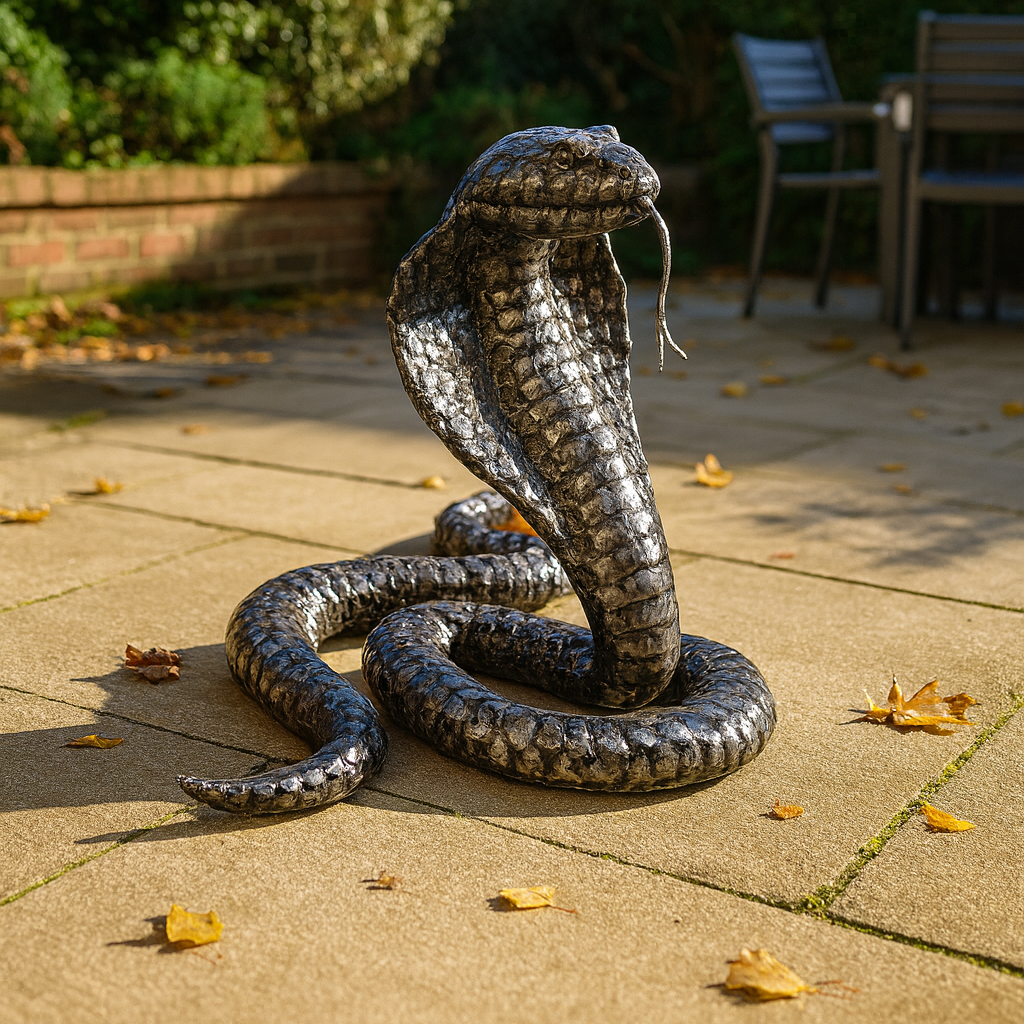
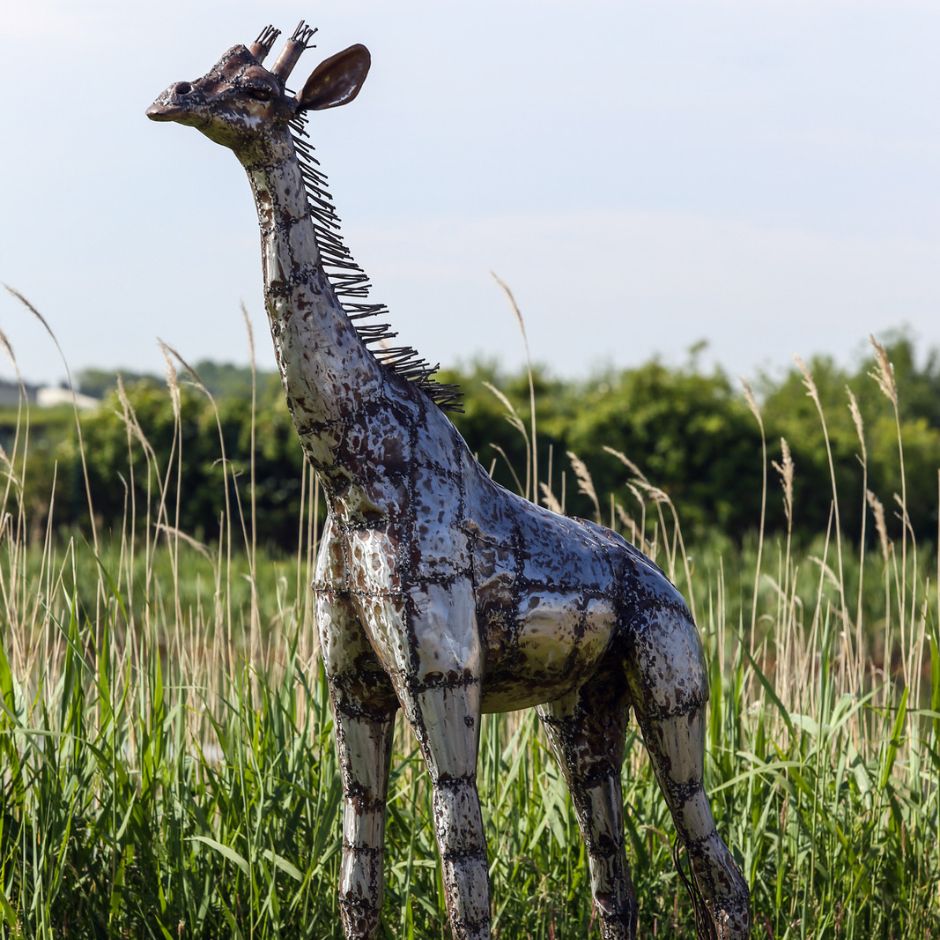
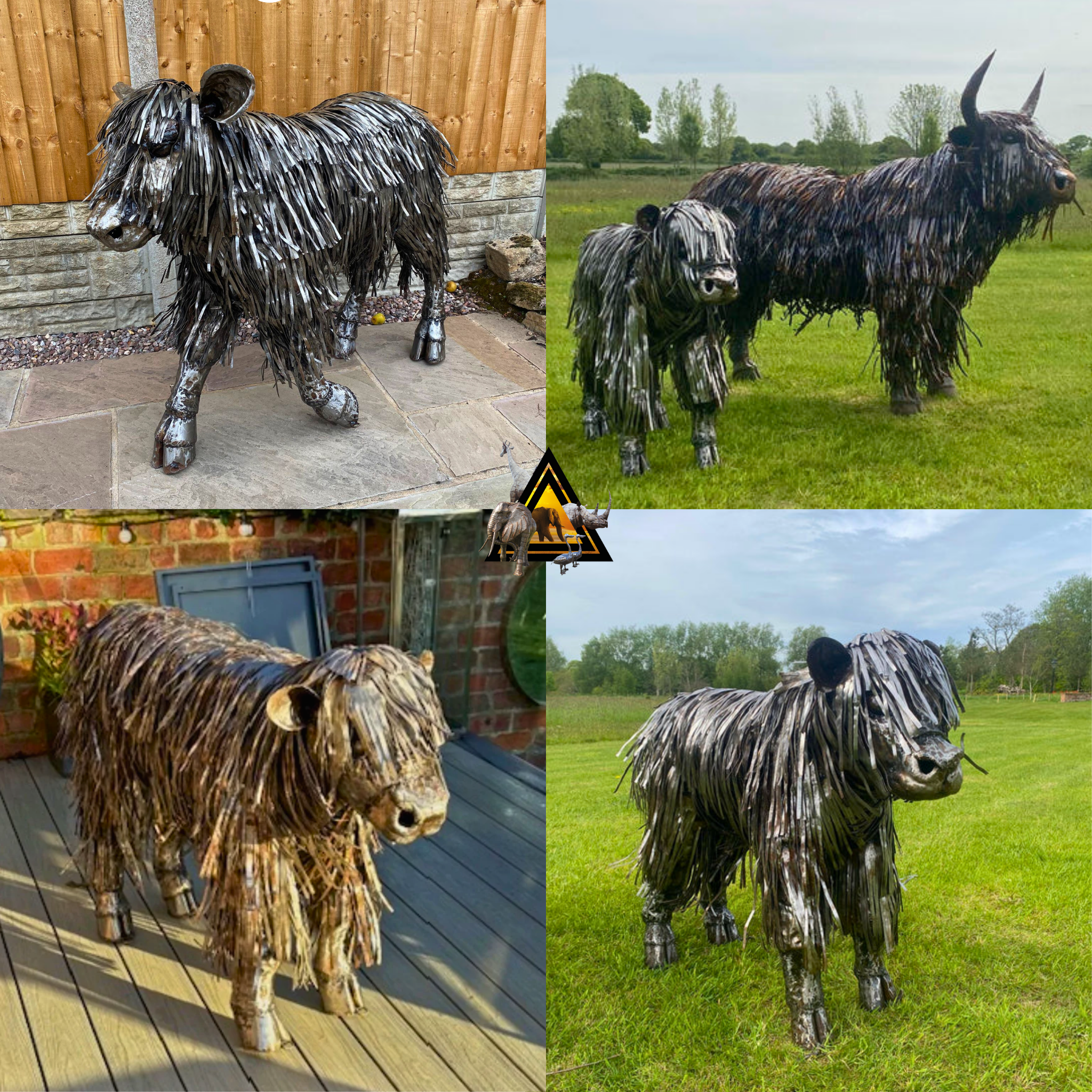



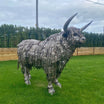
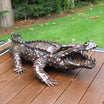







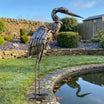

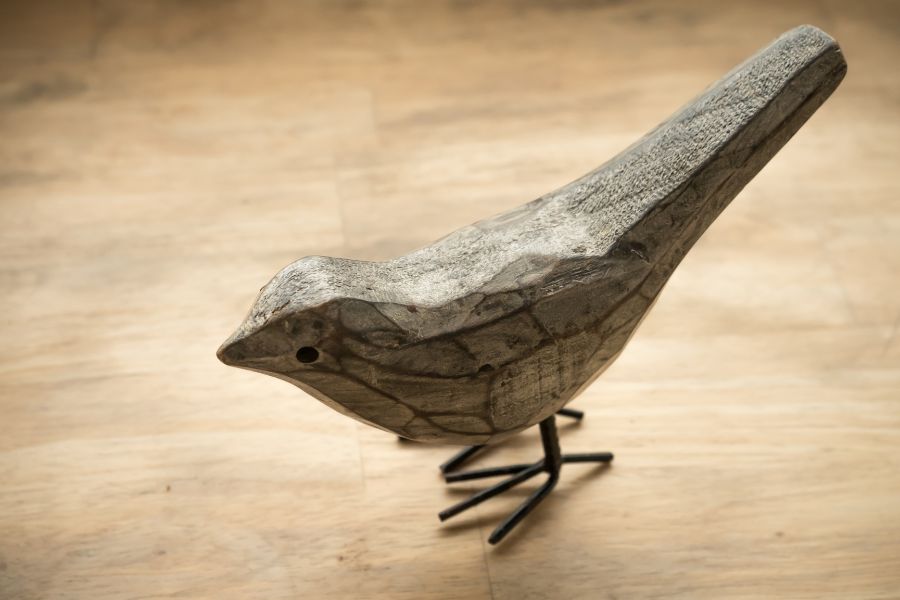
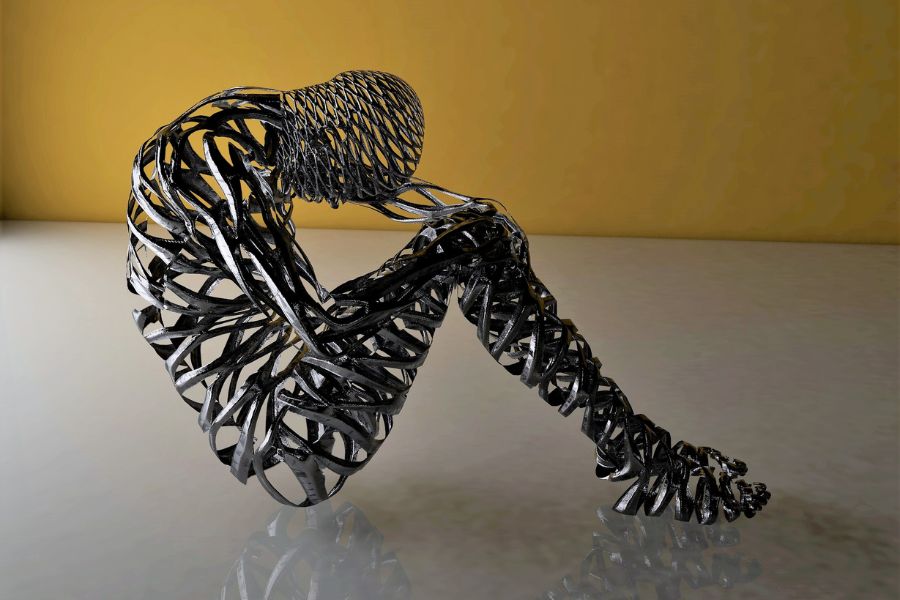
Leave a comment
This site is protected by hCaptcha and the hCaptcha Privacy Policy and Terms of Service apply.